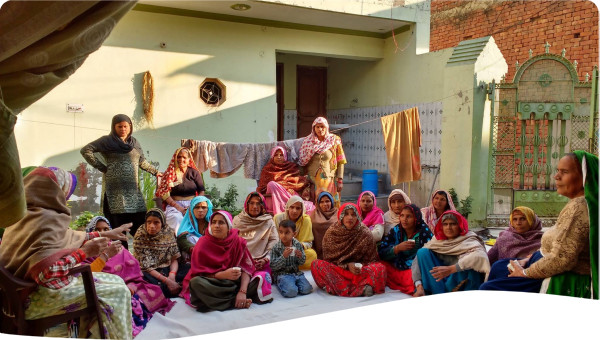Water assessment can only be meaningful with a gender perspective. Identifying the factors that contribute to the inclusion or exclusion of women and men belonging to different social and cultural groups, and the ways in which they interact with water resources for different uses, could improve the provision, management and conservation of the world’s water resources for the benefit of all. The collection of sex-disaggregated water data is the first step towards a transformative process in achieving the goals of improving gender equality in the management of water resources and water governance.
UNESCO WWAP has created an innovative toolkit for the collection and analysis of sex-disaggregated water data to address the data gap on gender and water issues at the global level. The UNESCO WWAP Toolkit on Sex-disaggregated Water Data (WWAP Water and Gender Toolkit) is designed to assist the UN Member States in:
- Filling the gap of sex-disaggregated water data of national/regional water statistics;
- Creating a gender baseline knowledge related to water at the regional and national level and a global standard for gender-responsive/transformative water assessments;
- Strengthening capacity for the collection and analysis of sex-disaggregated water data, and providing tools to users in different regions and climates;
- Empowering women for their role and contribution in the field of water, which connects all SDGs, with particular focus on the SDGs 6 and 5; and
- Informing national and regional water policy frameworks, plans and strategies to enable gender-transformative actions to achieve the 2030 Agenda.
The work on the first edition (2015) of the WWAP Water and Gender Toolkit started in 2014 with the creation of the WWAP Working Group on Sex-disaggregated Water Indicators, a team of 35 international gender experts (see Annex), who identified 40 gender-sensitive priority indicators.
- Tool 1: Gender-responsive indicators for water assessment, monitoring and reporting
- Tool 2: Methodology for the collection of sex-disaggregated water data
- Tool 3: Guidelines on the collection of sex-disaggregated water data
- Tool 4: Questionnaire for the collection of sex-disaggregated water data
 Resource -
Resource -
